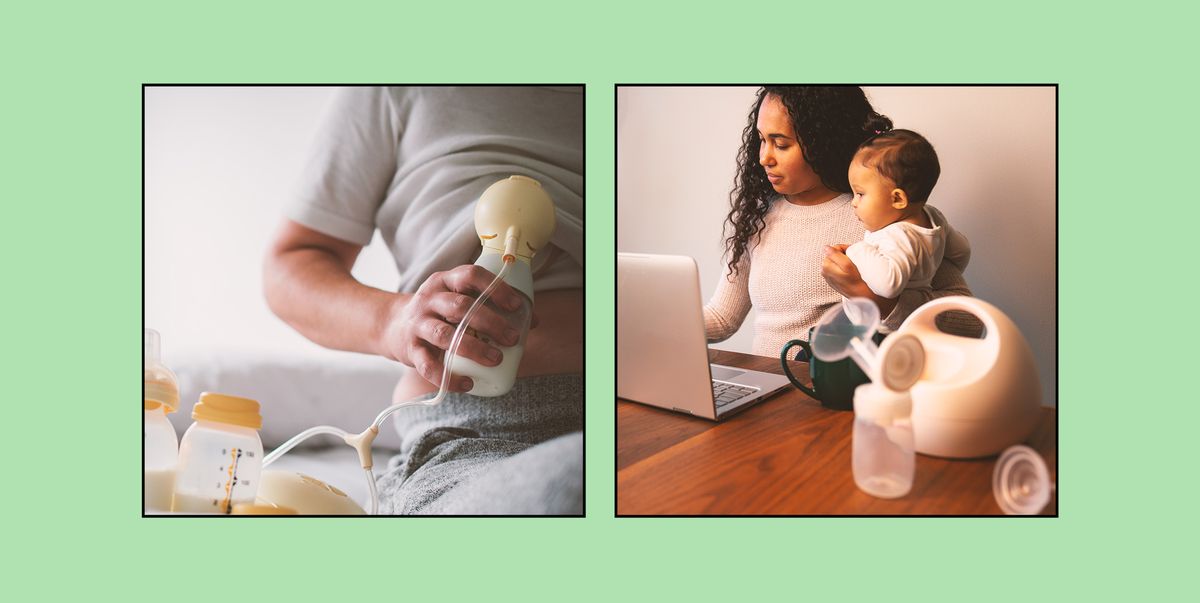Combining breastfeeding and pumping involves establishing a routine and following a few key steps. First, nurse the baby directly as often as possible.
Then, pump after feedings or between feedings to increase milk supply and have a backup supply for when you’re away from the baby. Breastfeeding and pumping can be a challenging yet rewarding experience for both mother and baby. However, it requires careful planning and organization to ensure success.
One of the biggest challenges is finding a routine that works for both the mother and baby. In this article, we will discuss some tips and tricks for combining breastfeeding and pumping. These may include setting a schedule, utilizing a quality breast pump, creating a comfortable and relaxing environment, and monitoring milk supply. By following these guidelines, mothers can successfully balance breastfeeding and pumping and provide their babies with the best possible nutrition.

Credit: www.amazon.com
Frequently Asked Questions Of How To Combine Breastfeeding And Pumping
How Can I Combine Breastfeeding And Pumping Effectively?
Combining breastfeeding and pumping can be challenging, but it’s possible. Start by establishing a breastfeeding routine, pumping in between feedings and maintaining a healthy diet that provides enough nutrients for both you and your baby.
How Often Should I Pump While Breastfeeding?
It’s recommended to pump around 8-12 times a day, or about once every 2-3 hours. This helps maintain a steady milk supply and prevents engorgement. However, this can vary based on your baby’s needs and your own milk production.
How Can I Increase My Milk Supply While Pumping?
Staying hydrated, eating a balanced diet, and pumping or breastfeeding frequently can help to increase milk supply. You can also try using a breast pump with a higher suction level or massage your breasts before pumping to stimulate milk production.
Is It Safe To Store Breast Milk After Pumping?
It’s safe to store breast milk in sterile containers in the fridge for short-term use or in the freezer for longer periods. Be sure to label and date each container and only store milk for up to 6 months in the freezer.
Thawing milk properly is crucial to maintain its nutrients.
How Long Should I Breastfeed And Pump For Each Session?
For breastfeeding, there is no exact time, but it’s usually around 10-20 minutes on each breast. When pumping, aim for 15-20 minutes on each breast. The timing can vary depending on your baby’s needs and your own milk production.
Conclusion
Combining breastfeed and pumping is not an easy task but definitely rewarding for both the mother and baby. It can be time-consuming and exhausting, but with proper planning and organization, it is possible to strike a good balance and ensure both you and your baby are comfortable and satisfied.
Remember to make sure your baby is latching properly before introducing pumping and try to build a strong support system around you for encouragement. You can also consult your healthcare provider or lactation consultant for more expert advice. With these tips and tricks, you can successfully combine breastfeeding and pumping, and enjoy precious moments with your little one while maintaining a healthy lifestyle.
Keep persevering, and don’t forget to take care of yourself too!




